According to a 2025 resolution by the National Assembly Standing Committee, Hanoi will have 126 commune-level administrative units, including 51 wards and 75 communes - 400 fewer than before.
Before this change, many residents had proposed preserving familiar names that have become cultural hallmarks of the capital, rather than merely numbering wards and communes based on districts.
Heeding public sentiment, Hanoi has chosen to retain both district names and names of old wards that hold historical and emotional significance.
Hoan Kiem, Ba Dinh, Hai Ba Trung
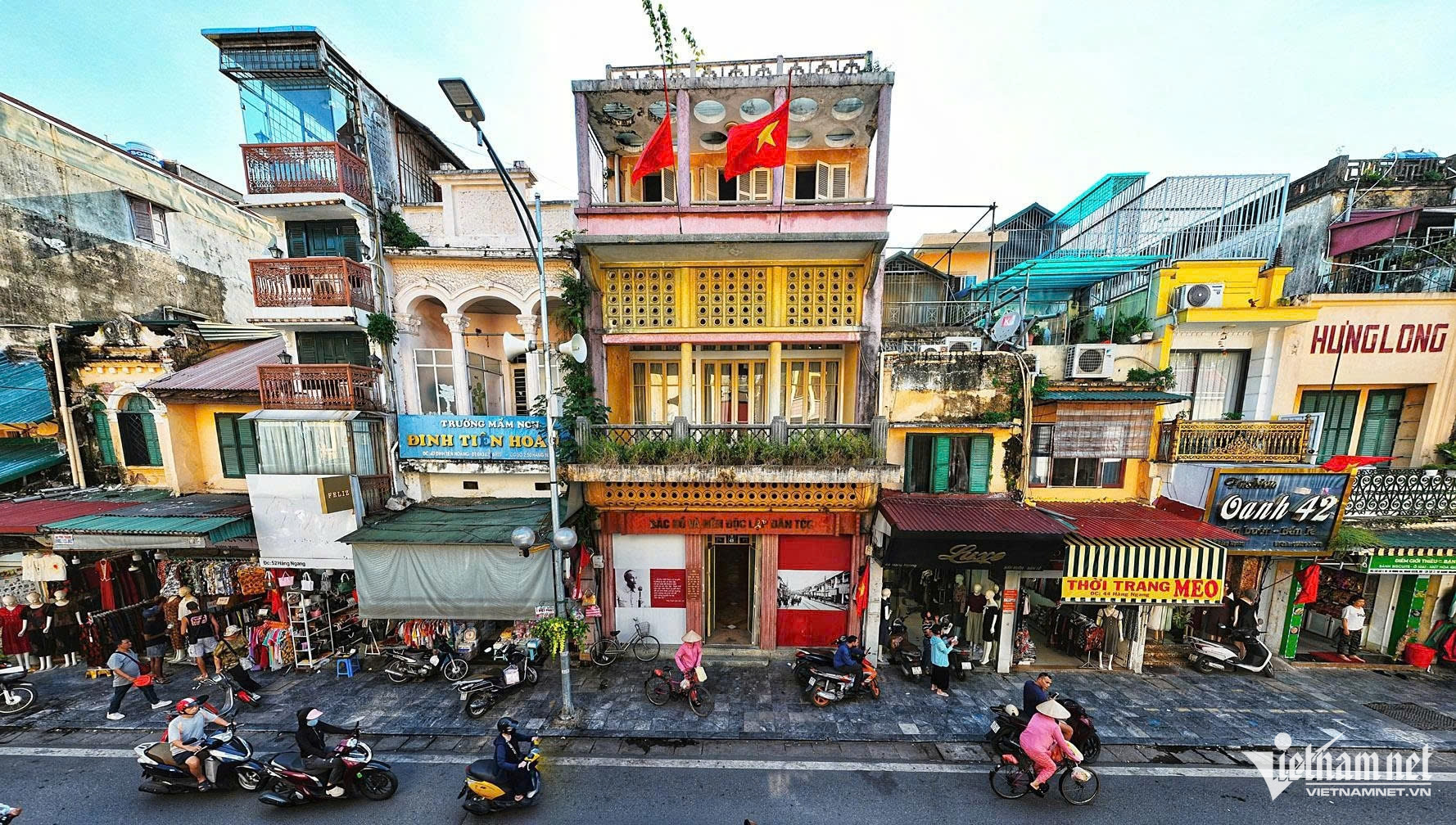
The new Hoan Kiem Ward, effective July 1, will encompass the former wards of Hang Bac, Hang Bo, Hang Buom, Hang Dao, Hang Gai, Hang Ma, Ly Thai To, and parts of Cua Dong, Cua Nam, Dien Bien, Dong Xuan, Hang Bong, Hang Trong, and Trang Tien.
Known as the “heart” of Hanoi, Hoan Kiem is the epicenter of culture, history, and bustling commerce. The district name is tied to the sacred Hoan Kiem Lake and the legend of King Le Loi returning a magical sword.
Hanoi’s Old Quarter, centered in Hoan Kiem, features streets named after traditional trades and houses with distinctive French architecture. The area includes landmarks like the Hanoi Opera House and Central Post Office.
The pedestrian zone around Hoan Kiem Lake is a cultural and tourist magnet. Notable sites include Ngoc Son Temple, The Huc Bridge, and But Tower. Despite narrow alleys, the community retains a strong identity and communal spirit.
Other areas of the district will be reorganized into Cua Nam and Hong Ha wards.
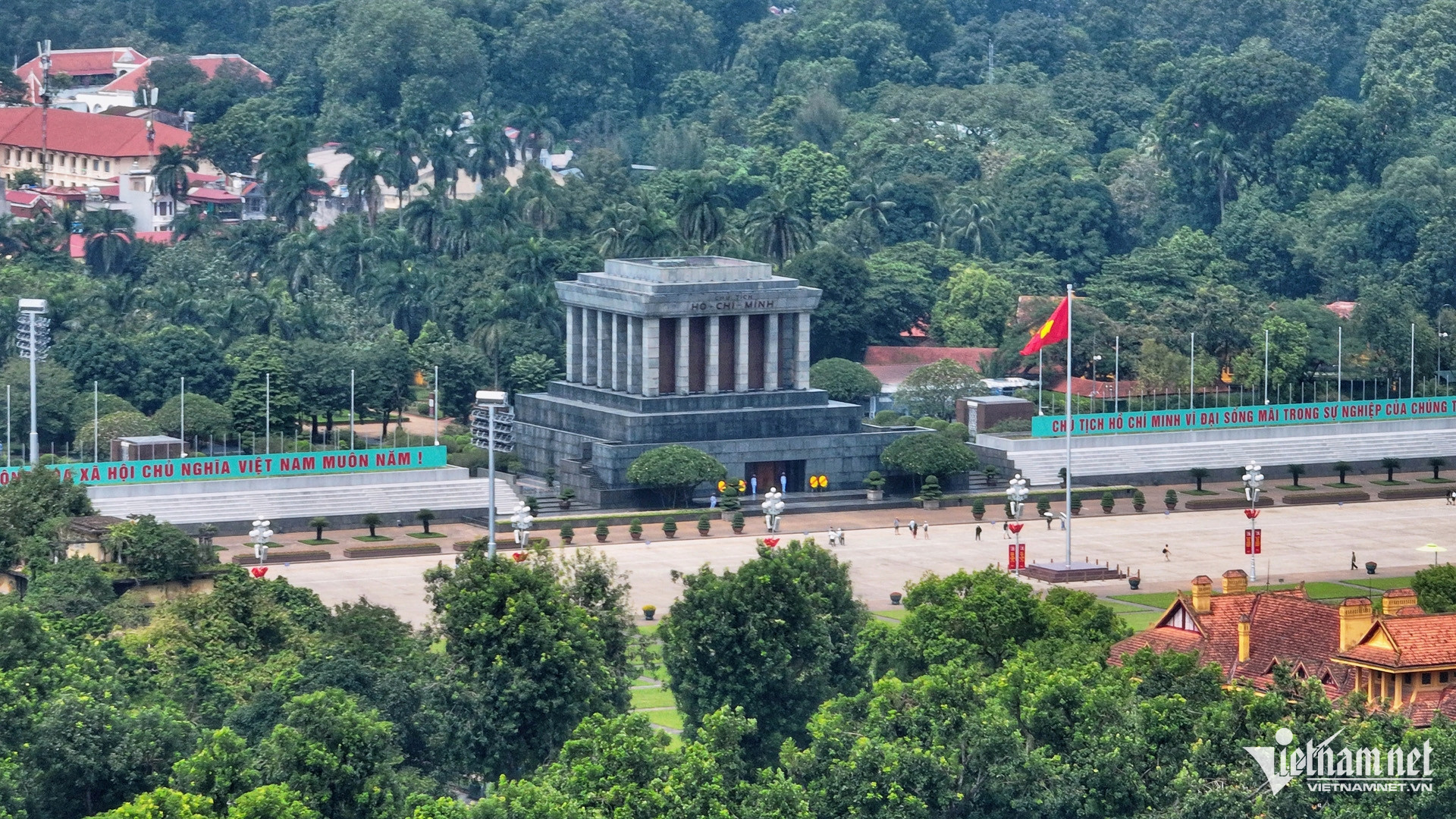
While Hoan Kiem is Hanoi’s cultural core, Ba Dinh is the political-administrative heart of the city and the country. It houses the National Assembly building, Presidential Palace, Government Office, and numerous embassies.
The district is home to historic landmarks like the Ho Chi Minh Mausoleum and Ba Dinh Square, where Vietnam’s Declaration of Independence was read.
This quiet area features prestigious schools such as Phan Dinh Phung High School and Giang Vo Secondary School.
The new Ba Dinh Ward will include the former wards of Quan Thanh, Truc Bach, and parts of Cua Nam, Dien Bien, Doi Can, Kim Ma, Ngoc Ha, Thuy Khue, Cua Dong, and Dong Xuan. Additional new wards will be named Ngoc Ha and Giang Vo.
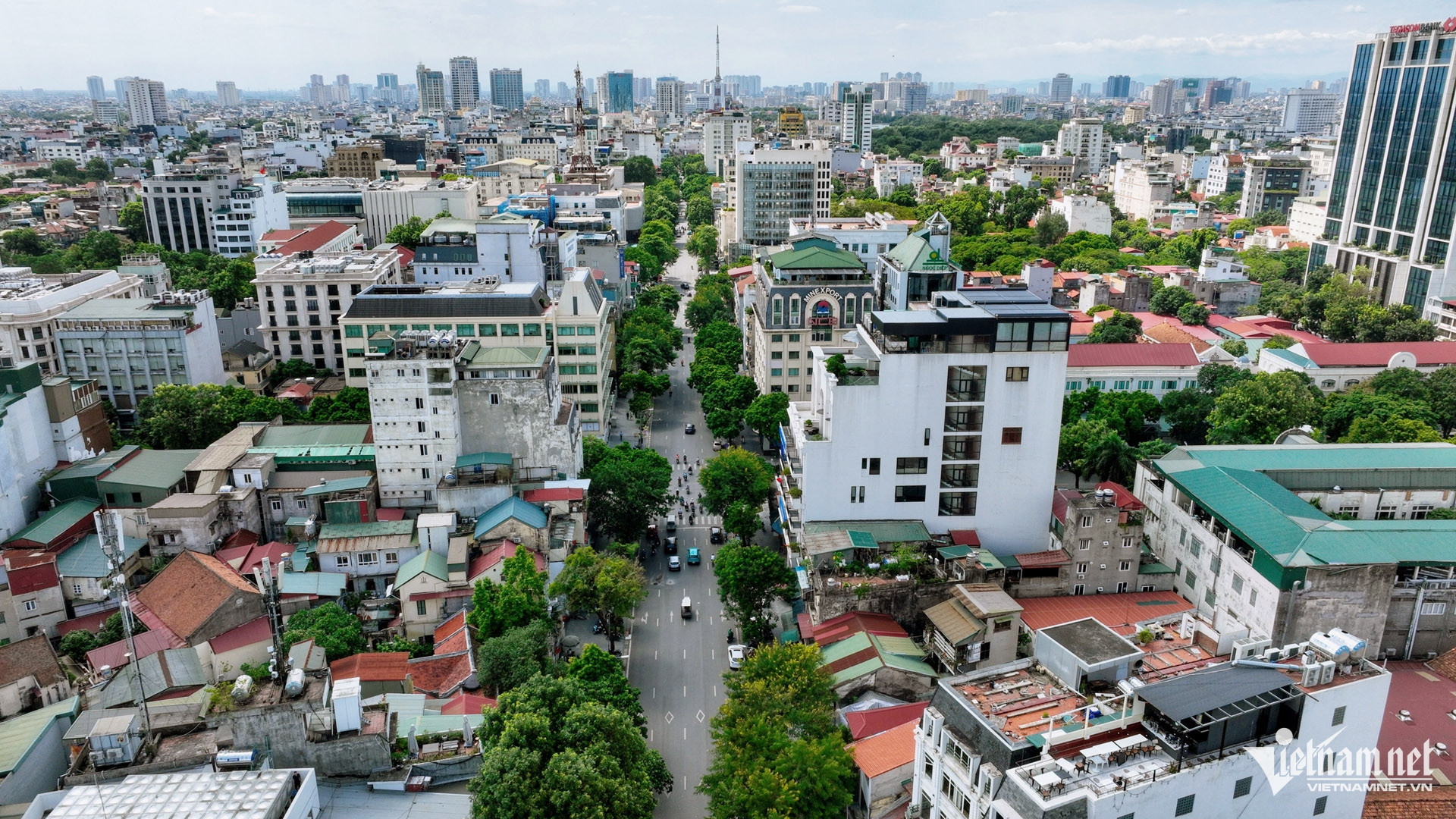
Named after the national heroines Trung Trac and Trung Nhi, Hai Ba Trung District is a hub of youthful energy and academia, home to major universities like Hanoi University of Science and Technology, National Economics University, and University of Civil Engineering.
Bustling thoroughfares like Bach Mai, Minh Khai, and Dai Co Viet are vital arteries of urban life, where long-standing residents mix with vibrant student communities.
The new Hai Ba Trung Ward will include Dong Nhan, Pho Hue, and parts of Bach Dang, Le Dai Hanh, Nguyen Du, Thanh Nhan, and Pham Dinh Ho. Additional wards will be named Vinh Tuy and Bach Mai.
Dong Da, Thanh Xuan, Cau Giay
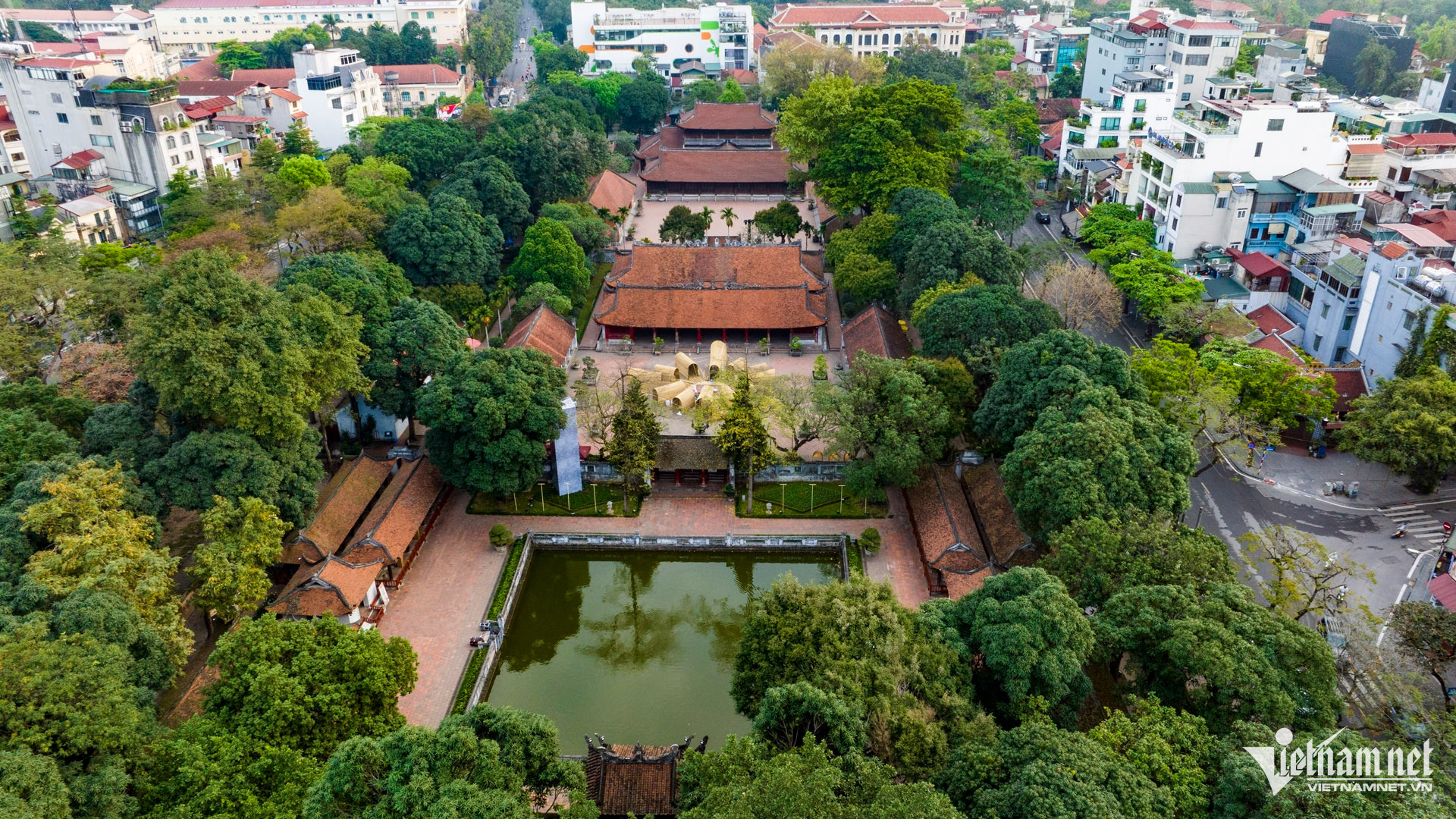
Dong Da District is a crossroads of major roads like Tay Son, Nguyen Luong Bang, and Chua Boc - key locations for education and commerce. The district boasts universities like Foreign Trade University, University of Culture, and Banking Academy.
Dong Da has a dense, diverse population of long-time residents and newcomers. Despite infrastructure strain, it remains historically and culturally rich.
The new Dong Da Ward will consist of the former Thinh Quang and parts of Quang Trung, Lang Ha, Nam Dong, O Cho Dua, and Trung Liet. Additional wards will be named Kim Lien, Temple of Literature - Quoc Tu Giam, Lang, and O Cho Dua.
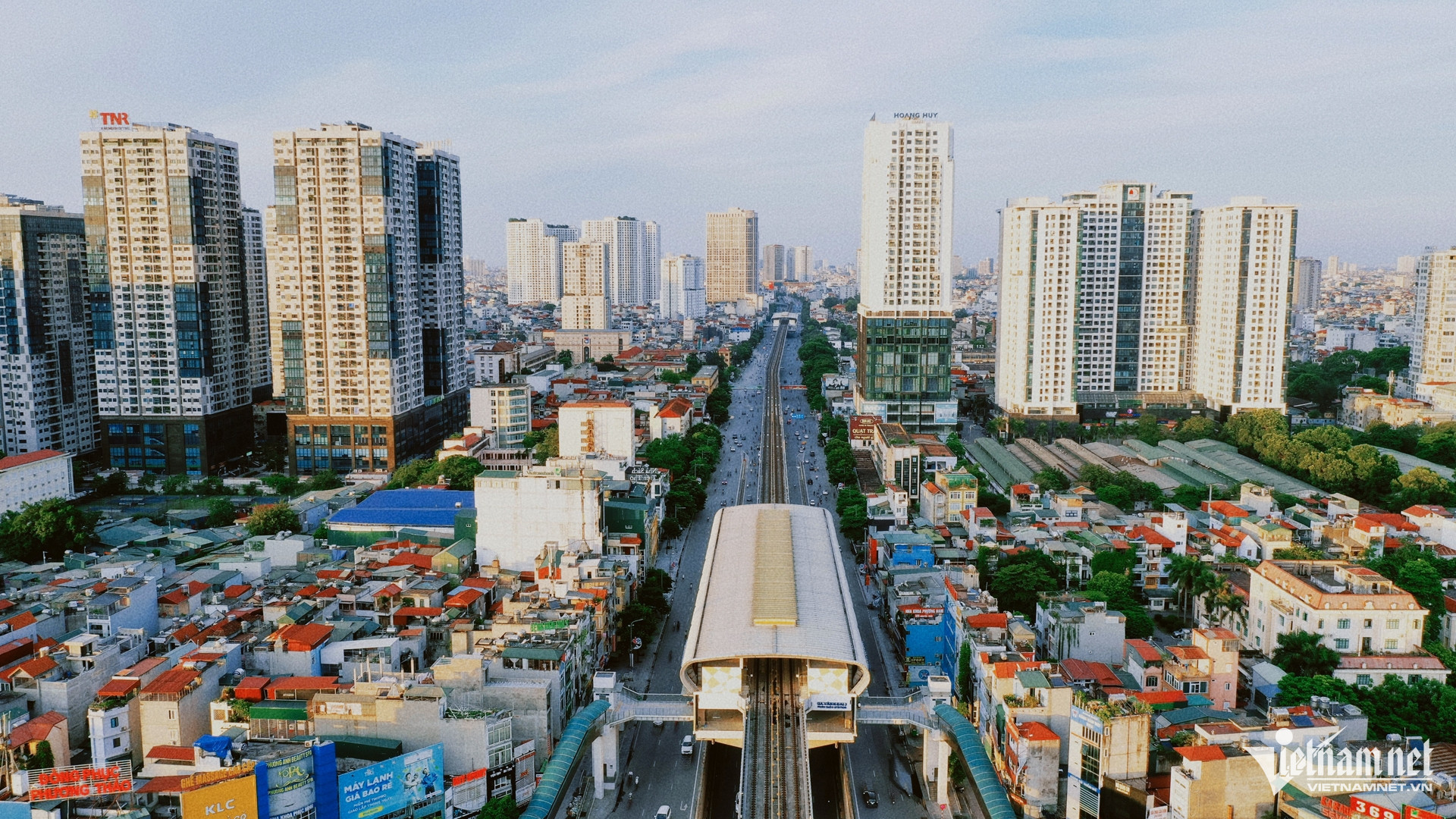
Thanh Xuan, located at Hanoi’s southwestern gateway, has transitioned from an industrial-residential area into a modern urban hub. Key roads like Nguyen Trai, Le Van Luong, and Khuat Duy Tien connect it to downtown and outer areas like Ha Dong.
The district is marked by rapid development of high-rise apartments, new urban zones, and major shopping centers. It is also home to top universities such as Hanoi University of Natural Sciences, Hanoi University of Social Sciences and Humanities, and Hanoi University.
Despite fewer heritage sites, Thanh Xuan retains traditional lifestyles in areas like Khuong Dinh and Phuong Liet.
The new Thanh Xuan Ward will include Nhan Chinh, Thanh Xuan Bac, Thanh Xuan Trung, Thuong Dinh, Trung Hoa, and Trung Van. Other wards will include Khuong Dinh and Phuong Liet.
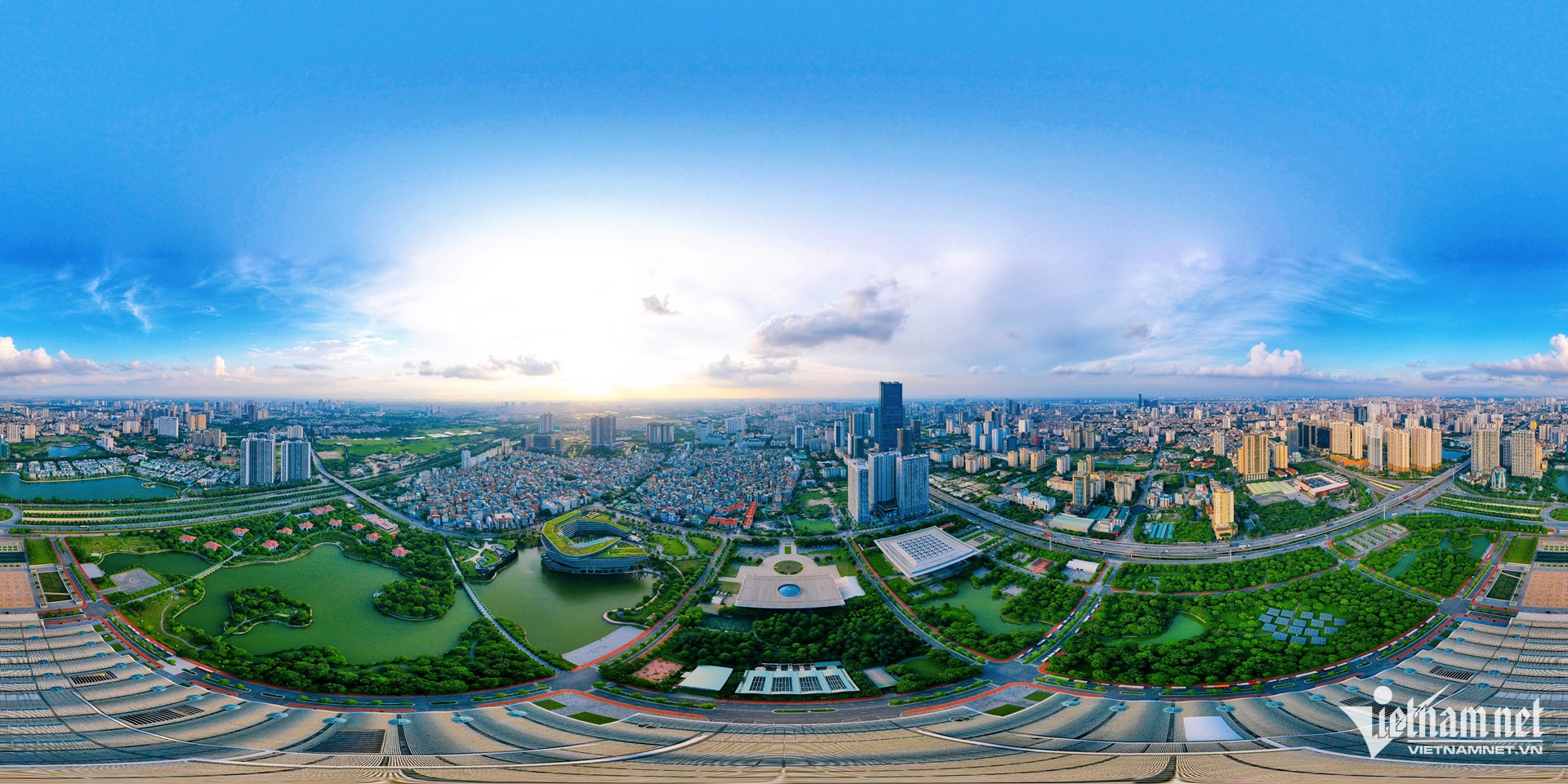
Once a suburb, Cau Giay has evolved into one of Hanoi’s most modern urban districts. Its main roads - Tran Duy Hung, Nguyen Chi Thanh, Xuan Thuy - are lined with office towers, malls, and model urban neighborhoods.
It also hosts major academic institutions like Vietnam National University, Hanoi National University of Education, and Academy of Journalism and Communication. The population is young, educated, and well-off.
Despite rapid urbanization pressures, Cau Giay remains a desirable district for both living and working.
The new Cau Giay Ward will include Dịch Vong, Dịch Vong Hau, Quan Hoa, My Dinh 1, My Dinh 2, and Yen Hoa. Additional wards will include Nghia Do and Yen Hoa.
Tay Ho
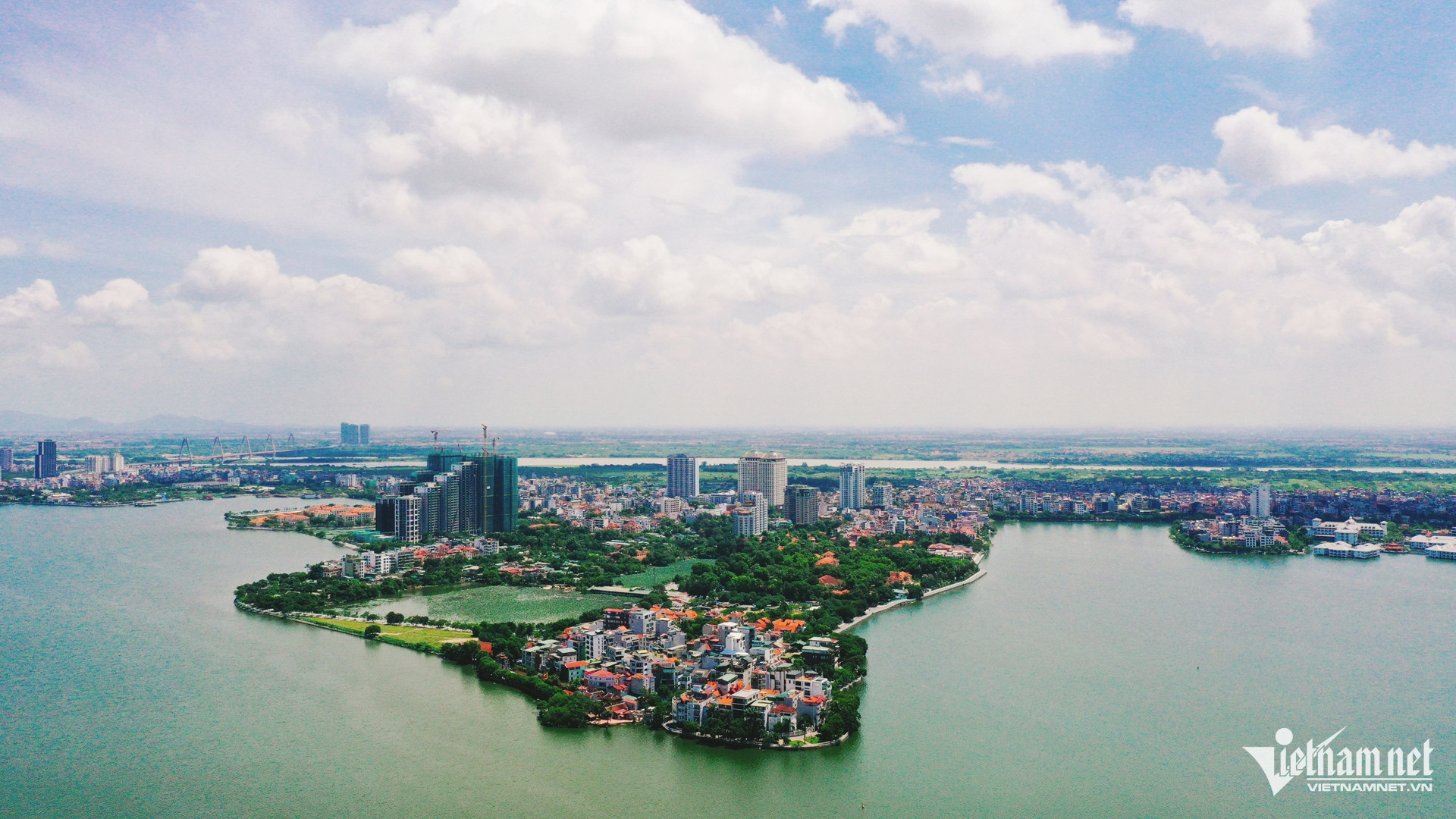
Tay Ho is a land of heritage, dotted with temples, pagodas, and traditional craft villages. It is steeped in legends surrounding West Lake and historic sites like Tay Ho Temple, Tran Quoc Pagoda, Quan Thanh Temple, and Nhat Tan Village.
Its scenic lakeside paths, romantic walking areas, and luxurious hotels attract both residents and tourists. Tay Ho is known for its intellectual, artistic, and expatriate community. Its quiet ambiance, lush greenery, and low-density housing offer an ideal living environment.
Geographically defined by West Lake, Hanoi’s largest natural lake, the district is a rare green oasis in the heart of the city.
After July 1, the new Tay Ho Ward will comprise the entire Buoi Ward and parts of former wards including Phu Thuong, Xuan La, Nhat Tan, Quang An, Tu Lien, Yen Phu, Nghia Do, and Thuy Khue. The district will also form a new Phu Thuong Ward.
Nguyen Thao